Reviews
George Kachadorian
USA, 2009
Credits
Review by Katherine Follett
Posted on 10 June 2009
Source 35mm print
Categories The 2009 Independent Film Festival of Boston
I can’t imagine anyone not wanting to love Shooting Beauty. In this documentary, photographer Courtney Bent has a chance encounter with a group of people with cerebral palsy, and decides to give them inexpensive cameras to allow them to document their lives; the remarkable results are an inspirational success story. But out of this genuinely moving experience comes a disappointingly ordinary film, with a rather ham-handed perspective on what could be a transcendent look at the differences and commonalities of every human being.
One certainly can’t fault the subjects of Shooting Beauty, mostly wheelchair-bound adults who socialize at a cerebral palsy center in Watertown, MA. Though many have profound difficulty moving and communicating, their powerful personalities come through instantly; chipper Mary Jo, thoughtful Kerri, dark and troubled Tom. But we don’t see a whole lot more than these first impressions, strong as they are. We hear some about their day-to-day personal lives and relationships. And Tony, one of the few whose speech is unimpaired, does speak some about how CP has affected his life, specifically how it affects others’ perceptions of him. But much of the focus of the film is not on the photographers, but on the documentarian, Courtney Bent.
A former fashion photographer, Bent started the project because she found herself fascinated by the community of people with CP. She makes no effort to disguise the fact that her initial fascination was fearful and somewhat morbid. But in interviews, she says she soon befriended the photographers and respected the fact that they themselves were the best people to tell their own story. Yet in this documentary, directed by Bent’s now-husband, George Kachadorian, the story seems to be more Courtney’s than the photographers’. Of the photographers, only Tony is interviewed extensively. No others are invited to discuss how the photography changed their lives. None are asked about any individual photograph, such as the context or what they intended to capture. And frustratingly few of the actual photographs are shown on-screen. If this is about allowing the photographers to tell their stories through their work, then it makes sense to show more of that work, and less of Bent’s journey. Watching Bent direct the entire project, and hearing the story almost solely from her perspective, the audience (or perhaps just I) get an awful suspicion that perhaps Bent was choosing, assembling, and showing those photographs according to her own, rather than the photographers’, wishes, and that the project (and documentary) said much more about Bent’s perspective than it did about the photographers’.
Perhaps Bent’s journey would be more satisfying if it weren’t quite such a simplistic trajectory from ignoring people with disabilities to realizing that they are human, too. Other than the physical difficulties of manipulating a camera’s physical difficulties that these photographers have dealt with their entire lives, and surely don’t find unusual—the photographers, too, are depicted as traversing an almost unwavering straight line from underdogs to triumph. While most able-bodied people undoubtedly do spend much of their lives ignoring physical differences they don’t often see or experience, it seems depressing, almost shameful, that someone as sophisticated as Bent would be surprised that people with cerebral palsy have a valid perspective on the world. And though Bent stated that she became a “friend” to the photographers, her speaking tone in the CP center—loud, slow, high-pitched—is precisely the tone most people adopt when speaking to a child, especially in comparison to her measured, casual tone in the interviews. Again, one gets (or again, maybe just I get) a very dark suspicion that the story was intended to show how wonderfully sensitive and open-minded Bent has become, instead of how thoughtful, determined, talented, and opinionated the photographers were.
I don’t believe that Bent or Kachadorian were actually exploitative, callous, or ignorant about the photographers. But I do get the sense that they never quite lost some of their condescension and pity, or their feelings of self-satisfaction at doing a good deed. That perspective discolors what at first feels like a warm and moving story. I also fear that it encourages these same easy feelings in many able-bodied audience members. At the IFFB’s sold-out screening, there were often coos and “aww”s when the photographers cracked jokes or spoke about their emotions, almost as if the audience was saying, “Look, the people in wheelchairs have thoughts and feelings, too!”
Shooting Beauty is certainly not a bad film. It is, in fact, heartwarming and eye-opening to a point. But it is also too simple, and maybe a little self-congratulatory. I have seen other films about disabled artists, and in most of these, the artists themselves are the ones narrating the story. Having Bent be the subject of the documentary actually contradicts her stated goal of providing an opportunity for people with cerebral palsy to speak for themselves. In many ways, the documentary doesn’t live up to the extraordinary experiences and vision of its photographers; perhaps Bent and Kachadorian should have given them the video cameras, too.
More The 2009 Independent Film Festival of Boston
-
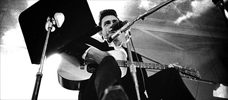
Johnny Cash at Folsom Prison
2008 -

I Need That Record!
2008 -
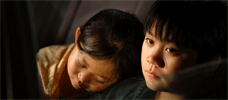
Children of Invention
2009 -
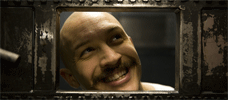
Bronson
2009 -
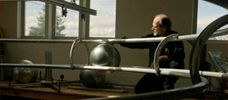
Trimpin
2009 -
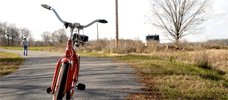
Invisible Girlfriend
2009 -
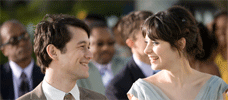
500 Days of Summer
2009 -
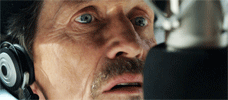
Pontypool
2008 -

Children of Invention
2009 -
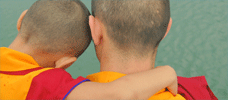
Unmistaken Child
2008 -
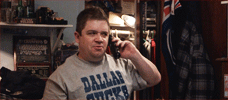
Big Fan
2009 -
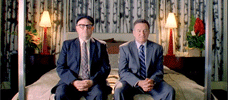
World’s Greatest Dad
2009 -
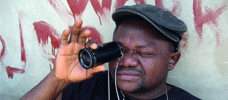
Nollywood Babylon
2008 -
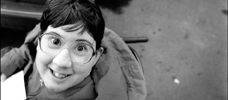
Shooting Beauty
2009 -
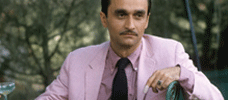
I Knew It Was You
2009 -
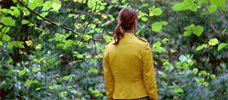
Helen
2008 -
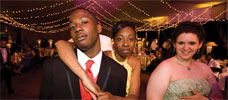
Prom Night in Mississippi
2008 -
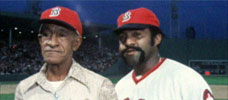
The Lost Son of Havana
2009 -

Mine
2009 -
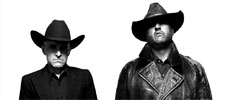
Stingray Sam
2009
We don’t do comments anymore, but you may contact us here or find us on Twitter or Facebook.



